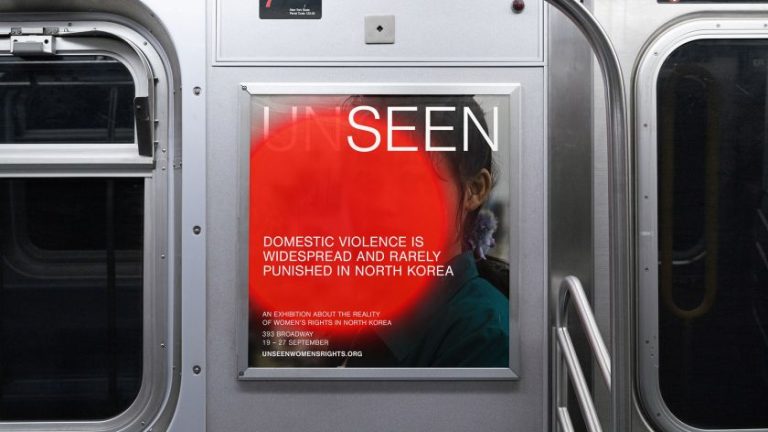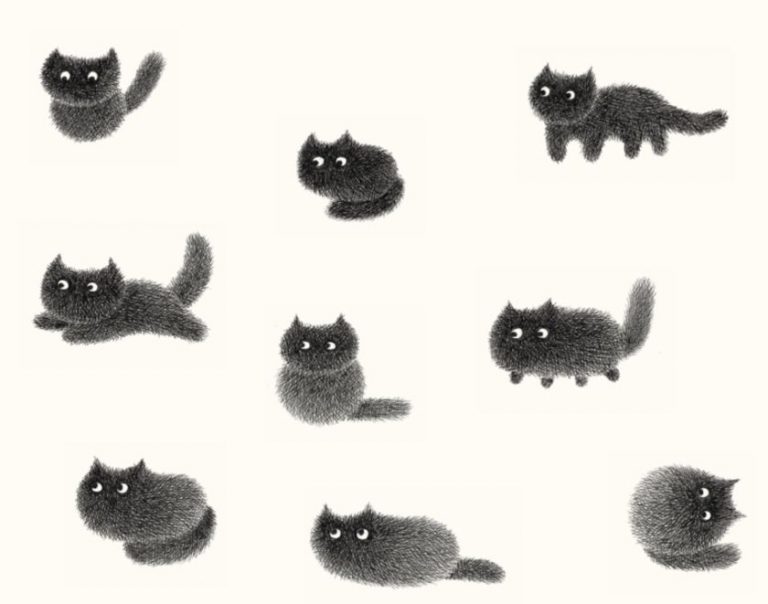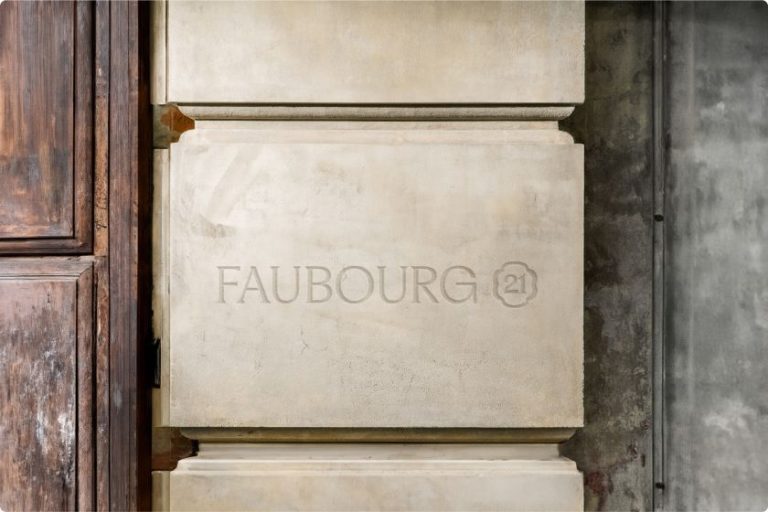Image licensed via Adobe Stock
As network agencies consolidate, restructure, or shut up shop altogether, a new creative migration is underway. With the help of some industry experts, we unpack why designers and strategists are increasingly striking out on their own and what independence offers that networks can’t.
The last few years have seen a quiet exodus from network agencies. While the headlines have focused on mergers, layoffs, and AI-led restructures, something deeper is stirring. A growing number of creatives are stepping away from the old model and choosing to build something of their own.
This isn’t just about redundancies or cost-cutting. It’s a broader shift in how creative professionals want to work, what they value, and how clients are choosing to engage with them. Independent studios that are nimble, collaborative, and human are thriving, while some of the industry’s biggest names are scrambling to stay relevant. But what’s really fuelling this migration?
For many, it starts with a spark of discontent or a sense that big networks, with all their systems and scale, have lost touch with what makes creative work meaningful.
Damian Borchok, managing director of Koto’s Sydney studio
Learning from the inside
Damian Borchok, now managing director of Koto’s Sydney studio, spent over 15 years inside the network world. He built strategy teams at Landor and Interbrand and eventually co-founded his own agency, For The People, before joining Koto to lead its APAC expansion. Reflecting on his time at the networks, Damian is candid: “If I had to create a hierarchy of priorities for networked businesses, it would probably go like this: Investors first. Clients second. Work third.”
That hierarchy, he says, felt increasingly at odds with the kind of studio he wanted to help build, where creativity wasn’t treated as an afterthought. “Spreadsheets and reports aren’t the fuel of great creative businesses,” he adds.
Similarly, Jay Topham, now founder and creative director at Unfound Studio, followed a similar path. He started at an independent, joined a network agency, and eventually found himself part of one of the biggest design companies in the world.
“I was drawn to the level of talent,” he says. “Jobs for big brands with lots of eyes on your work.” But after starting Unfound, he realised how different things could be. “The freedom is much greater. You go from being a small cog in a big machine to designing the process yourself.”
It’s not that the networks didn’t offer value and, in fact, most of the creatives interviewed credit them for solid foundations. Jessica Dimcevski, founder of Blurr Bureau, says: “Who better to learn from than the industry heavyweights doing it at scale?”
It’s just that, over time, the shine wears off. For Jessica, the disconnect between strategy and design became increasingly hard to ignore. “There were so many layers of bureaucracy, it sometimes felt impossible to get things done for the actual client.”
Jay Topham, co-founder and creative director at Unfound Studio
Rethinking the creative process
At independents, the creative process often looks and feels radically different. Strategy and design aren’t siloed, performance isn’t theatrical, and timelines aren’t dictated by holding group financial cycles.
Jessica’s studio, Blurr Bureau, has been intentionally structured to avoid the pitfalls she saw in big agencies. Her model is lean, global, and collaborative, with over 50 creatives working remotely across Melbourne and New York. “We stripped everything back. Strategy and creativity are in the room from day one. Our strategists don’t just write decks, they write the copy. Nothing is for show – it’s all made to be used.”
That clarity of purpose and closeness to the work is a recurring theme. Jay adds: “Even if it’s not your own studio, you feel closer to the full picture in smaller teams.”
For Richard Taylor, who founded Brandon Consultants with his partner Abi after time at Elmwood, Brand Union and Landor, the shift to independence meant trading rigid systems for agility and ownership.
“Networks love a formulaic approach because it aids how they charge a client,” he says. “But that rigidity has come under scrutiny. Clients are no longer prepared to pay a premium for it.”
Brandon now spans over 40 people across London and Manchester, working with major FMCG brands – a scale that rivals many networks. However, the culture is entirely different, according to Richard. “Being a big cog in a small wheel is far more important for personal motivation than being a small cog in a big one.”
Jessica Dimcevski, founder of Blurr Bureau
What fulfilment really looks like
One of the biggest revelations for those who have left networks was realising how much of their job had become about managing systems rather than creating great work.
At networks, Richard recalls, “Your value in the agency could sometimes feel tied to stock market prices.” Now, he defines success by something more tangible: “Working in smaller agencies with a vision you can be part of is much more compelling.”
Jay agrees as, for him, fulfilment isn’t just about executing a great project, but also about chasing the right opportunities in the first place. “There’s fulfilment in trying to find and land big impact projects, not just in delivering them.”
For newer independents like Megha Balooni, who recently left network life to build her own studio, the shift has been both “frightening and fulfilling.” She’s already found a creative space she couldn’t access before. “I can finally pursue personal projects, figure out my design voice, and collaborate with people who align with my values.”
Richard Taylor, co-founder of Brandon Consultants
Habits to keep – and ones to drop
Despite their differences, most interviewees say they’ve carried some lessons from the network world into their independent ventures, especially when it comes to process, commercial rigour, and team development.
“The networks are great at focusing you in on briefs, relationships and detail,” says Richard. “When we’re recruiting people, I know if they’ve been in a network, they’ll have a strong foundation.”
Still, there are plenty of habits best left behind. For Damian, it’s the top-down prioritisation of investors over ideas. For Jay, it’s the rigid structures that stifle flexibility and craft. Jessica ditched the polished presentations and excessive sell-ins. “Strip away the fluff,” she says, “and you create space to go deeper and build work that actually resonates.”
Megha Balooni, founder of Studio Meisō
Why now?
So why is this shift happening now, and why does it feel like a tipping point?
The reasons are both structural and cultural in nature. Economic uncertainty has exposed the fragility of bloated agency models. Clients are under pressure to prove ROI and want partners who can flex to meet their needs without layers of process. Technology has made it easier than ever to build remote teams, experiment with new models, and work globally without needing a big agency badge.
What’s clear is that it’s also about values. As Jessica says, “Clients want their brands to live in the real world. So the work should, too.”
Damian believes independents are no longer seen as risky alternatives but as legitimate leaders. “A few years ago, ‘the usual suspects’ for big branding jobs all came from networks. That’s less common now. The field is more diverse and independents are taking share.”
And with every merger, restructure, or cutback, more creatives are asking the same question: What would it look like to build something better?
The answer, for many, lies outside the network.










